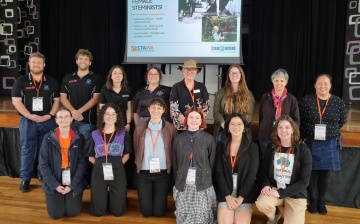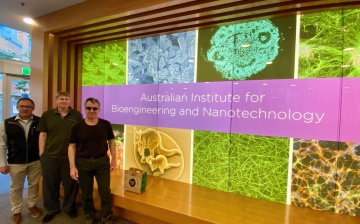News
Upcoming events and opportunities
- Just Energy Transitions: Shaping Critical Minerals Governance in the Asia-Pacific – 4 Nov 2024
- UK National Quantum Technologies Showcase 2024 – 8 Nov 2024
- Quantum Thermodynamics Down Under 2024 – 12 Nov 2024 to 15 Nov 2024
- EQUS Seminar Series: 3MT Heat Session – 12 Nov 2024
- AIP 2024 Student Conference – 13 Nov 2024
Major funding support

The Australian Research Council Centre of Excellence for Engineered Quantum Systems (EQUS) acknowledges the Traditional Owners of Country throughout Australia and their continuing connection to lands, waters and communities. We pay our respects to Aboriginal and Torres Strait Islander cultures and to Elders past and present.
© 2024 Australian Research Council Centre of Excellence for Engineered Quantum Systems











